This article was co-authored by Lisa Bryant, ND. Dr. Lisa Bryant is Licensed Naturopathic Physician and natural medicine expert based in Portland, Oregon. She earned a Doctorate of Naturopathic Medicine from the National College of Natural Medicine in Portland, Oregon and completed her residency in Naturopathic Family Medicine there in 2014.
There are 24 references cited in this article, which can be found at the bottom of the page.
wikiHow marks an article as reader-approved once it receives enough positive feedback. In this case, 93% of readers who voted found the article helpful, earning it our reader-approved status.
This article has been viewed 54,731 times.
Ovarian cysts are fluid-filled growths in the ovaries that are often benign, but in some cases can rupture and cause damage to internal organs. Ovarian cysts usually affect women of child-bearing age, and there are many different types of ovarian cysts, including functional ovarian cysts, dermoid cysts, and others. Although ovarian cysts may not affect your health, they may have other detrimental effects, such as irregular menstrual period, nausea, and the presence of pain during sexual intercourse or exercise. In order to treat ovarian cyst pain naturally, you can turn to scientifically approved verified remedies, or unverified home and folk remedies.
Steps
Using Verified Remedies
-
1Reduce your estrogen intake to restore hormonal balance. Excess estrogen is often responsible for hormonal imbalance, which can cause ovulation disorders and lead to ovarian cysts.[1]
- Elevated estrogen levels can lead to the development of more ovarian cysts and cause pain in your ovaries.
- If you are taking any hormonal estrogen supplements, stop taking them to allow your body to return to a hormonal equilibrium.
- Consult with your doctor before making these changes.
-
2Avoid consuming foods and herbs that are high in estrogen. Herbs to avoid include black cohosh and blue cohosh, lavender, licorice, dong quai, hops, rhodiola rose root, red clover blossom, saw palmetto berry, motherwort leaf, and tea tree oil.
- Additionally, be aware of other common sources of estrogen, such as flax seeds, tofu, soy, sesame seeds, nuts, multi-grain bread, strawberries, peaches, and dried fruits (apricots, dates, prunes).[2]
Advertisement -
3Increase your intake of progesterone to balance your hormones. Progesterone is a naturally-occurring hormone that helps balance the level of estrogen in your body and regulates the body's reproductive functions. You can increase your progesterone by taking supplements, reducing your stress, maintaining a healthy weight, and getting enough sleep each night.[3]
- Elevated levels of estrogen in the body usually suggest a deficit of progesterone.
- Balancing the levels of estrogen and progesterone through natural means could help shrink ovarian cysts and lessen the probability of recurrence.
-
4Add more vitamin B6 to your diet to increase progesterone levels. Vitamin B6 is essential to maintaining adequate levels of progesterone in your body.
- B6 functions by breaking down excess estrogen in the liver to create hormonal balance.
- Whole grains, walnuts, lean red meat, seafood, bananas, potatoes, beans, spinach, and fortified cereals are all examples of foods rich in vitamin B6.
- The recommended dose of vitamin B6 is 1.3-1.7 mg per day for adults.[4]
-
5Increase your vitamin C intake. Vitamin C improves hormone levels, such as progesterone, and increases fertility.
- This is because vitamin C enhances the luteal phase, or the start of ovulation in women, wherein there is a surge in the levels of progesterone.
- Take 750mg of vitamin C daily for six months to increase the production of progesterone in your body.[5]
-
6Take zinc to stimulate your pituitary gland. Zinc is a mineral that signals the pituitary gland to release follicle stimulating hormones that promote ovulation and the production of adequate levels of progesterone.
- Foods rich in zinc include oysters, crab, chuck roast, beef, fortified breakfast cereal, lobster, yogurt, pork chops, beans, chicken, cashews, milk, chickpeas, and almonds.
- The recommended daily intake of zinc for adults is 11 mg.[6]
-
7Eat foods rich in magnesium. Maintaining adequate levels of magnesium in your body can elevate your progesterone levels.
-
8Apply ice packs. Apply an ice pack wrapped in a damp towel to the area where you feel pain two or three times per day, for about 15-20 minutes.
- The cold temperature can offer relief from pain by numbing the nerve endings.
Using Unverified Methods
-
1Apply a hot compress to relax tense muscles and reduce pain. Applying a hot compress to the painful area utilizes heat to relax muscles and promote pain-relieving blood flow.
- In addition to a hot compress, a hot shower or a hot bath can ease whole body pain.
- For localized pain, place a hot towel on the affected joint or area.
- Make sure the hot compress is at a safe temperature that will not burn you or damage your skin.
-
2Eat foods that are rich in bromelain to reduce pain. Bromelain is an enzyme found in pineapple stems that could help reduce the levels of prostaglandins in your body, which are responsible for inflammation and pain.[9]
- Pineapple is the richest source of bromelain.
- You can try eating pineapple as a dessert after each major meal.
-
3Add ginger to your recipes. Ginger may calm certain pain sensations, potentially due to lowering the levels of prostaglandins that are responsible for stimulating pain receptors in your brain.[10]
- You can take raw ginger or add ginger to your cooking in order to reap its benefits.
-
4Drink chamomile tea to reduce pain and cramps. Chamomile is an herb that can serve as a mild sedative, taking the edge off pain and tension in the body.[11]
- It is also an anti-spasmodic agent, which relieves cramps and muscle tension.
- Chamomile is also known to contain apigenin, a substance that dilates smooth muscle and relieves pain.
- Drink a cup of camomile tea during episodes of pain.
-
5Prepare peppermint tea to beat back soreness. Peppermint has been used as a traditional remedy to relieve pain.[12]
- Peppermint contains an analgesic property, which gives it pain-relieving abilities.
- Peppermint also has an anti-inflammatory property, which helps reduce soreness.
- Drink a cup of peppermint tea during pain episodes.
-
6Consume raspberry tea. Raspberry tea may be beneficial to the female reproductive organs.[13] It has various benefits before pregnancy, during pregnancy and after pregnancy, and has been said to help cure infertility.
- Raspberry tea may strengthen the uterine walls and relax smooth muscles.
- It may also help balance hormones and reduce your risk of ovarian cysts.
- To prepare raspberry tea, use one tablespoon of bulk tea per cup of hot water.
- Consume one cup of raspberry tea when you are in pain.
-
7Take wild yam root to reduce ovarian cyst pain. Wild yam root is a perennial vein with heart-shaped leaves that contains analgesic and anti-spasmodic properties, which relieve muscle tension caused by your ovarian cyst.[14]
- These herbs grow in the wild, usually in moist and wooded areas.
- Wild yam can be taken in capsule or tincture form.
- The recommended dose for capsule form is 2 to 4 capsules per day and the recommended dose for a tincture is 1/8 to ½ teaspoon, three to five times a day.
- Wild yam is not recommended for pregnant women and those who suffer from peptic ulcers.
-
8Refrain from holding your bladder. If you feel the urge to urinate, do not try to hold it in, because this can stretch your bladder and put pressure on your ovarian cyst.
- Increased pressure on your ovarian cyst can result in pain.
- To avoid this, go to the bathroom regularly.
-
9Drink plenty of water to avoid constipation. Constipation refers to infrequent bowel movements and is characterized by having less than three bowel movements in a week.
- If you suffer from ovarian cysts, it is important to avoid constipation because the pressure can cause additional ovarian pain.
- Prevent constipation by drinking at least eight glasses of water every day to create softer stool.
- Additionally, eat foods high in fiber, such as legumes, oat, rye, barley, berries, plums, broccoli, and carrots. Including high fiber food in each meal can prevent constipation.
Knowing When To Seek Medical Attention
-
1Get medical attention if you experience severe or unbearable pelvic pain. Severe pelvic pain is a sign that the growing ovarian cysts have already caused damage to surrounding structures because of increased compression.[15]
- Pain receptors in the area send pain signals to the brain, and you may feel unbearable pain.
- This pain is would probably be best characterized as sharp or excruciating.
-
2Go to the doctor if you observe increasing abdominal girth. Increasing abdominal size is a sign that the ovarian cyst has grown larger.
- Use a tape measure to keep track of your abdomen's size and record it every day. To measure your abdomen, follow these guidelines:
- The starting point should be the belly button. Position one end of the tape measure on the belly button.
- Wrap around the abdomen horizontally until you reach the belly button again.
- Read the measurement and record it in a small notebook.
-
3Keep an eye out for abnormally heavy menstruation. If your menstrual flow is greater than 80 ml or more, or you are soaking through a pad or tampon every hour, this is a sign that the growing ovarian cyst has damaged surrounding structures due to the force of compression.
- The body gets rid of the excess blood through vaginal bleeding.
- Contact your doctor immediately if you suspect that this is the case.
-
4Take your temperature to notice a persistent fever. Persistent high fever can indicate the presence of an infection due to a rupture caused by your ovarian cyst.[16]
- An infection can be very serious, so make sure to take your temperature regularly and go to the doctor if you come down with a sustained, high fever.
Expert Q&A
-
QuestionCan ovarian cysts cause serious pain in the thigh?
 Lisa Bryant, NDDr. Lisa Bryant is Licensed Naturopathic Physician and natural medicine expert based in Portland, Oregon. She earned a Doctorate of Naturopathic Medicine from the National College of Natural Medicine in Portland, Oregon and completed her residency in Naturopathic Family Medicine there in 2014.
Lisa Bryant, NDDr. Lisa Bryant is Licensed Naturopathic Physician and natural medicine expert based in Portland, Oregon. She earned a Doctorate of Naturopathic Medicine from the National College of Natural Medicine in Portland, Oregon and completed her residency in Naturopathic Family Medicine there in 2014.
Licensed Naturopathic Physician Yes, pelvic pain can radiate to the thigh or down the legs. However, leg pain can be due to other reasons as well.
Yes, pelvic pain can radiate to the thigh or down the legs. However, leg pain can be due to other reasons as well. -
QuestionCan I still get pregnant if I have an ovarian syndrome?
 Lisa Bryant, NDDr. Lisa Bryant is Licensed Naturopathic Physician and natural medicine expert based in Portland, Oregon. She earned a Doctorate of Naturopathic Medicine from the National College of Natural Medicine in Portland, Oregon and completed her residency in Naturopathic Family Medicine there in 2014.
Lisa Bryant, NDDr. Lisa Bryant is Licensed Naturopathic Physician and natural medicine expert based in Portland, Oregon. She earned a Doctorate of Naturopathic Medicine from the National College of Natural Medicine in Portland, Oregon and completed her residency in Naturopathic Family Medicine there in 2014.
Licensed Naturopathic Physician It's possible to still get pregnant with ovarian cysts, although some women do find it takes longer and need additional support from a gynecologist.
It's possible to still get pregnant with ovarian cysts, although some women do find it takes longer and need additional support from a gynecologist.
References
- ↑ https://www.floliving.com/food-prevent-ovarian-cysts/
- ↑ https://www.msn.com/en-in/foodanddrink/foodnews/estrogen-rich-foods-you-should-include-in-your-diet/ar-BBN7CiP
- ↑ https://www.letsgetchecked.com/articles/naturally-increase-low-progesterone-levels/
- ↑ https://ods.od.nih.gov/factsheets/VitaminB6-HealthProfessional/#h2
- ↑ https://www.longevitylive.com/anti-aging-beauty/top-9-progesterone-boosting-foods-vitality/
- ↑ https://ods.od.nih.gov/factsheets/Zinc-HealthProfessional/
- ↑ https://ods.od.nih.gov/factsheets/Magnesium-HealthProfessional/
- ↑ https://www.hsph.harvard.edu/nutritionsource/magnesium/
- ↑ https://www.ncbi.nlm.nih.gov/pmc/articles/PMC3529416/
- ↑ https://www.webmd.com/vitamins/ai/ingredientmono-961/ginger
- ↑ https://www.drugs.com/mtm/chamomile.html
- ↑ https://www.organicfacts.net/health-benefits/beverage/peppermint-tea.html
- ↑ https://parenting.firstcry.com/articles/how-does-red-raspberry-leaf-help-to-improve-fertility/
- ↑ https://www.drugs.com/mtm/wild-yam.html
- ↑ https://my.clevelandclinic.org/health/diseases/9133-ovarian-cysts
- ↑ https://healthtalk.unchealthcare.org/ovarian-cysts-causes-symptoms-and-treatments/
- http://renegadehealth.com/blog/2013/02/11/holistic-treatments-for-ovarian-cysts
- http://my.clevelandclinic.org/disorders/ovarian_cysts/hic_ovarian_cysts.aspx
- http://www.ncbi.nlm.nih.gov/pubmed/9265557
- Rodriguez, H. (n.d.). Zinc: How Essential Is It to Your Fertility? In natural-fertility-
- Ferri FF. Ferri's Clinical Advisor 2014: 5 Books in 1. Philadelphia, Pa.: Mosby Elsevier; 2014
- Lentz GM, et al. Comprehensive Gynecology. 6th ed. Philadelphia, Pa.: Mosby Elsevier; 2012
- Liu JH, et al. Management of the adnexal mass. Obstetrics & Gynecology. 2011;117:1413.
- Tzadik M, et al. (2007). Benign disorders of the ovaries and oviducts. In AH DeCherney et al., eds., Current Diagnosis and Treatment Obstetrics and Gynecology, 10th ed., pp. 654–661. New York: McGraw-Hill.
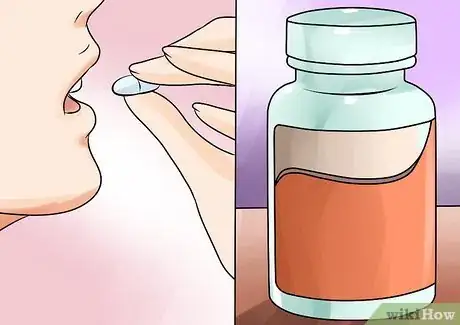
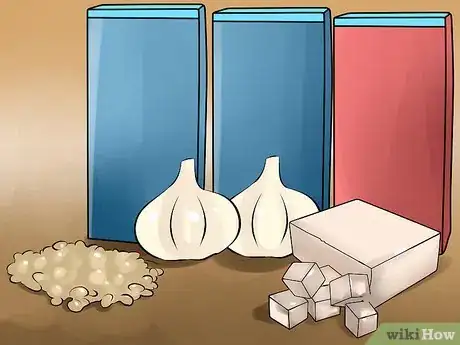
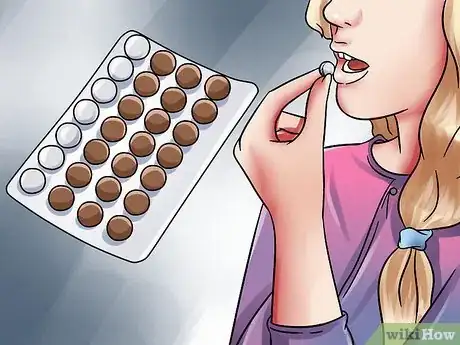
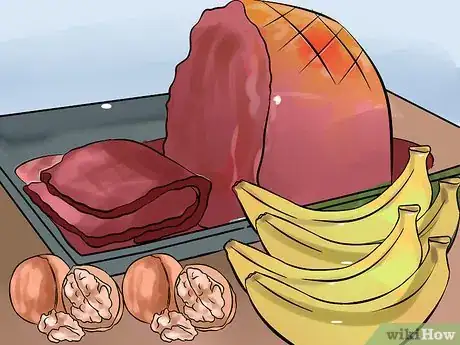
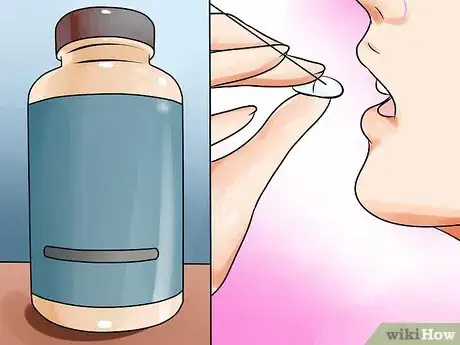
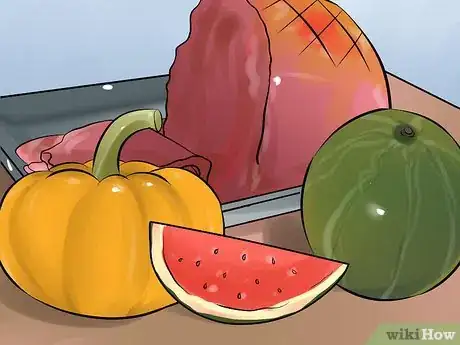
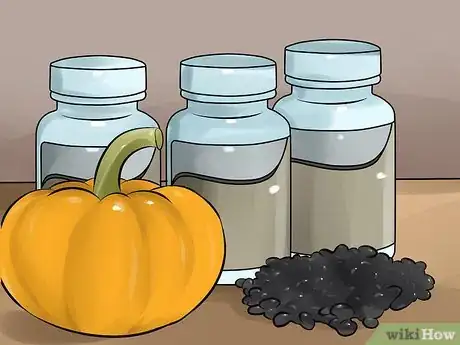
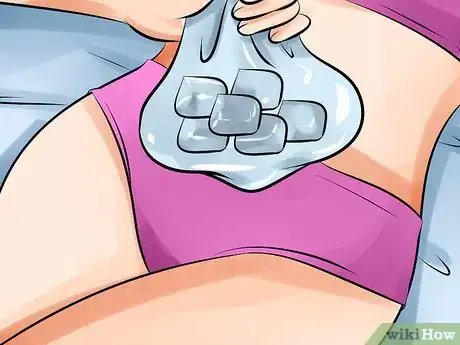
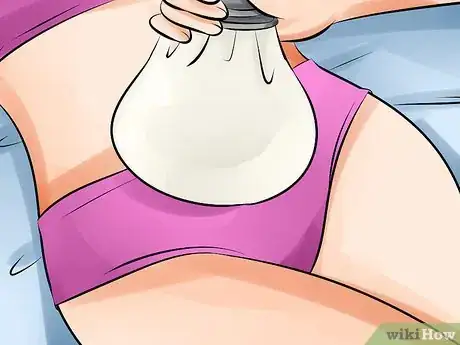
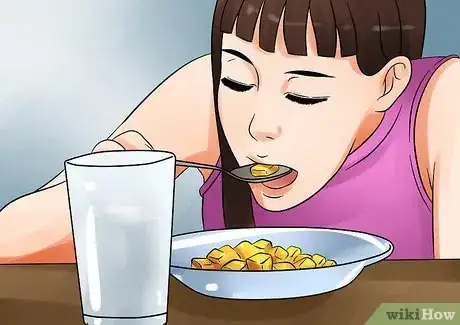
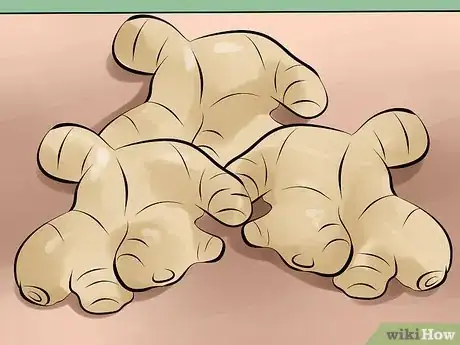
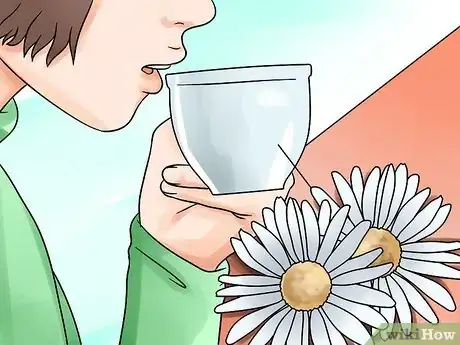
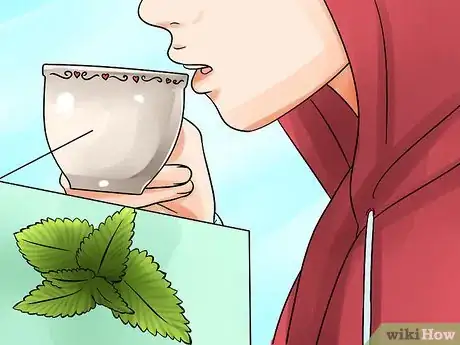
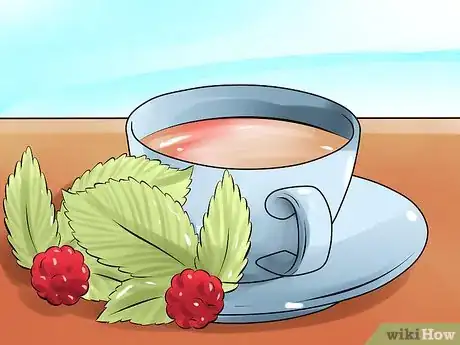
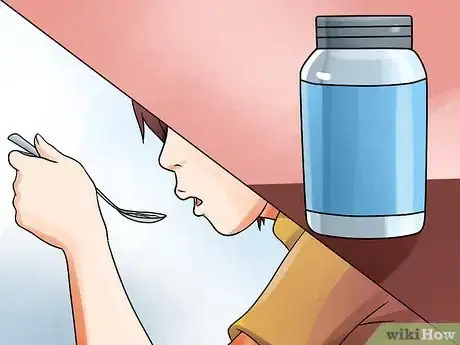
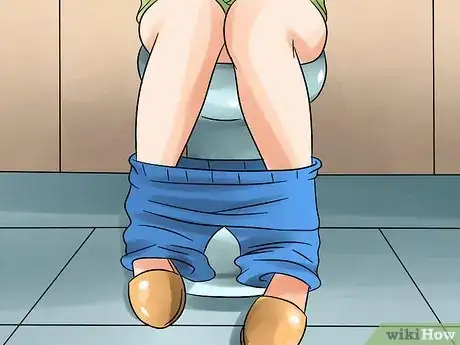
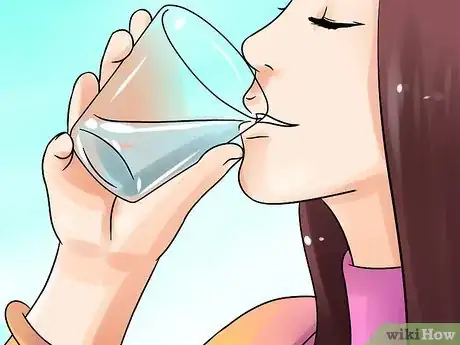
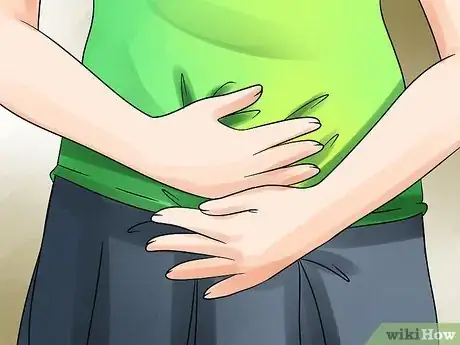
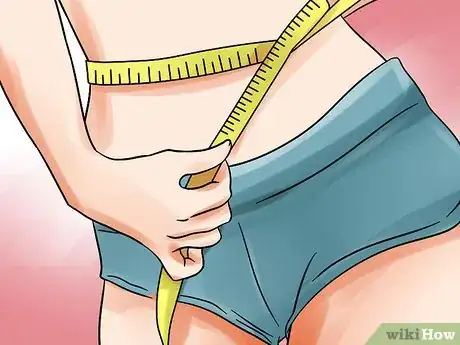

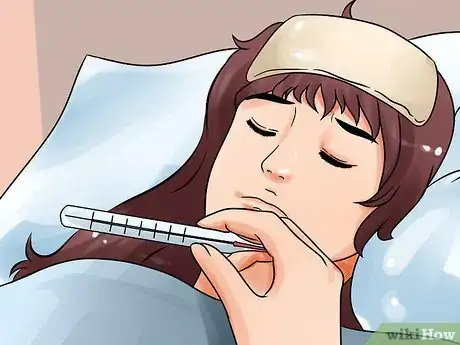



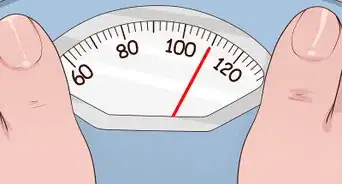

-Step-11.webp)



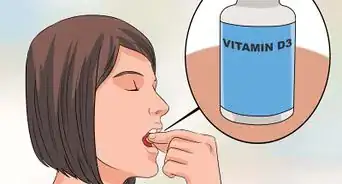
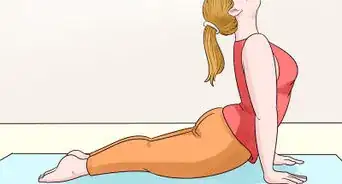
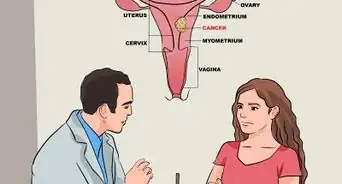














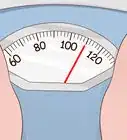



































Medical Disclaimer
The content of this article is not intended to be a substitute for professional medical advice, examination, diagnosis, or treatment. You should always contact your doctor or other qualified healthcare professional before starting, changing, or stopping any kind of health treatment.
Read More...